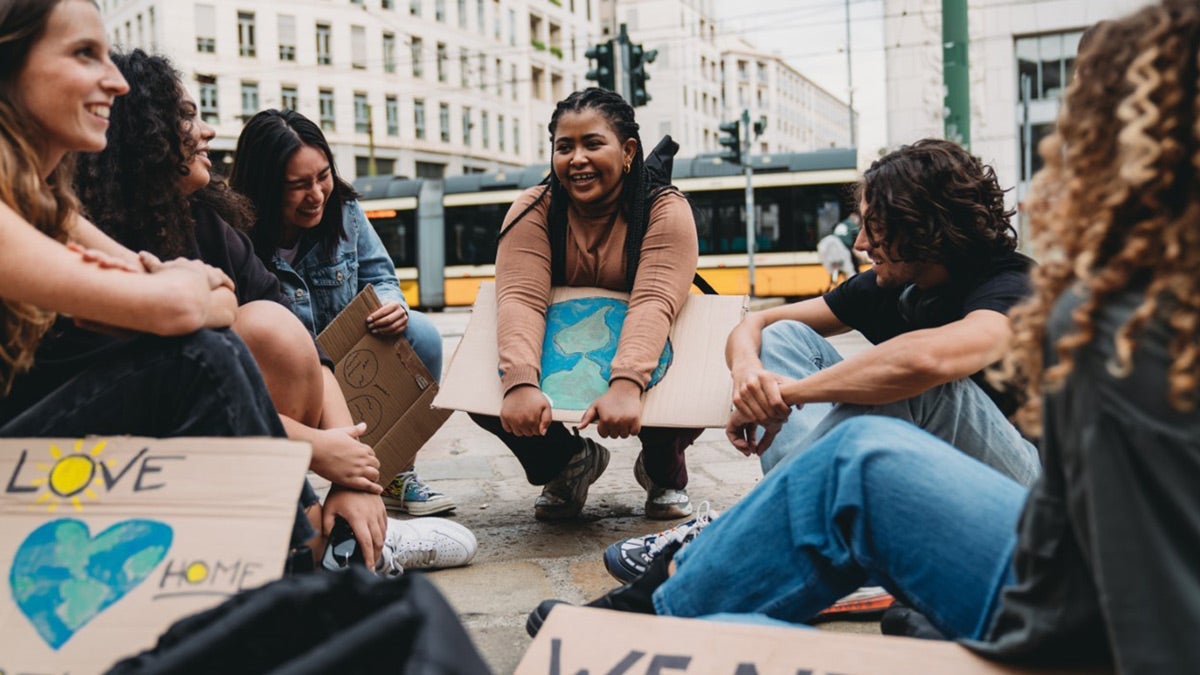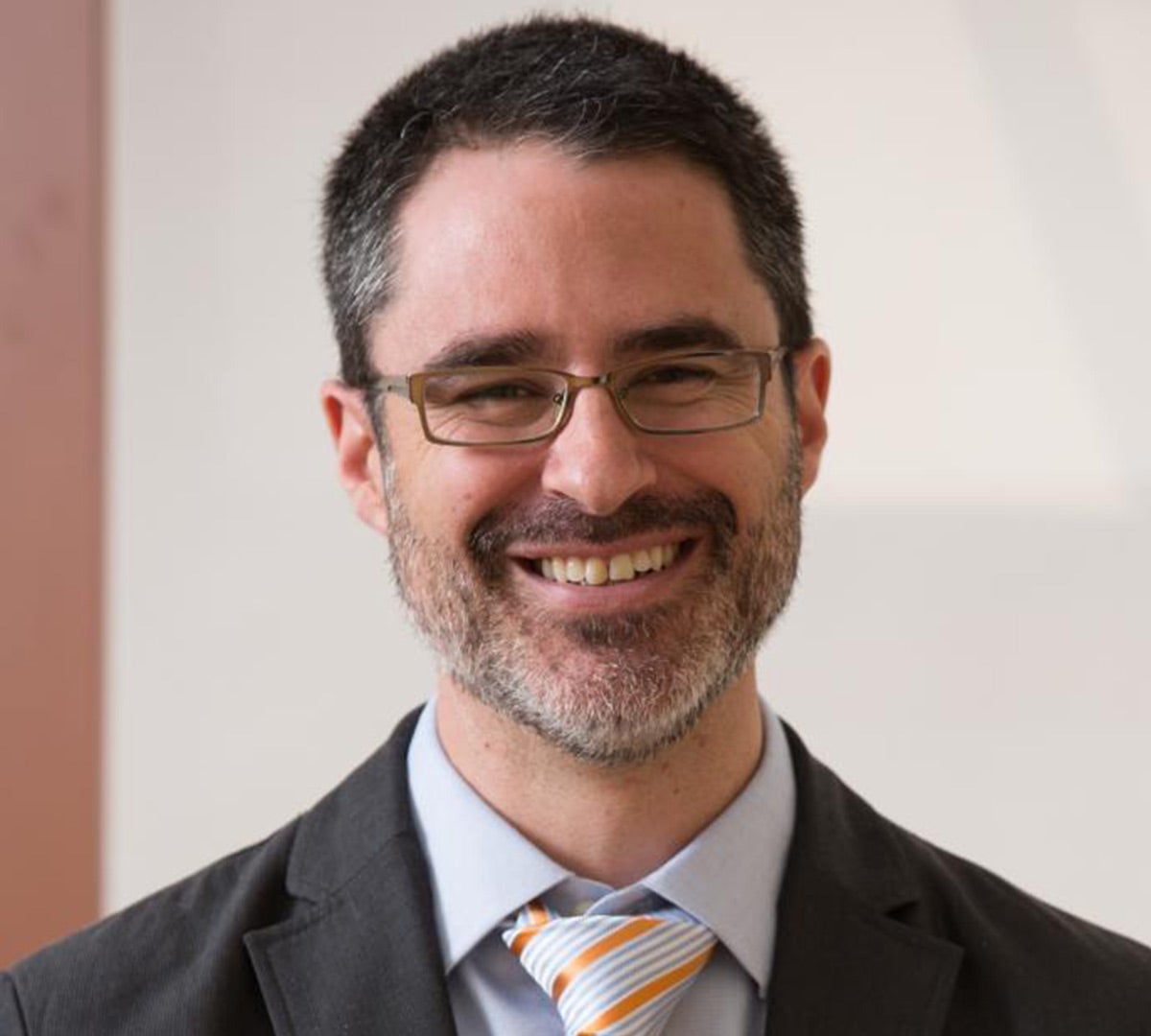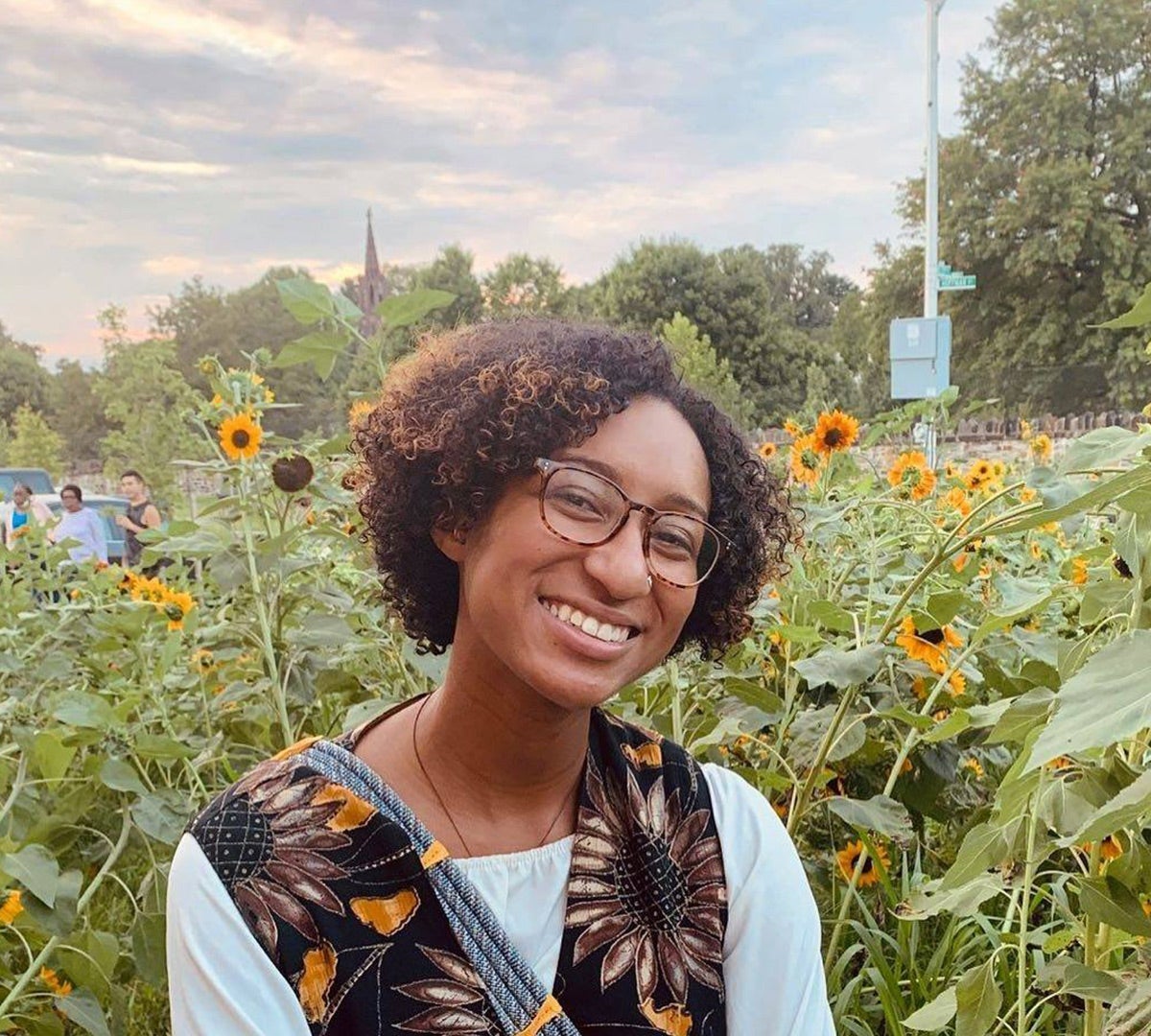
The XPRIZE Carbon Removal was designed with a clear goal in mind: increase the supply of high quality, scalable, carbon removal solutions. Having garnered the interest of over 1,100 potential teams competing in the prize, there is a unique opportunity to shape the direction of this emerging field and prioritize equity and justice in the early stages of project development. Without this important consideration, many otherwise promising carbon dioxide removal (CDR) projects will ultimately fail to achieve scale in deployment in the way that we need to achieve our climate stabilization goals.
Why EJ?
Environmental justice (EJ) refers to both a field of study and a social movement. Historically, communities of color and economically disadvantaged communities have been burdened with disproportionate levels of environmental pollution and degradation. These are communities that have borne the brunt of the environmental harms of industrialization while reaping few of the benefits. Climate change has only exacerbated these inequities, making these communities the hardest hit and at the front lines of change. The environmental justice movement is a response to these inequities. It aims to call attention to historical and ongoing harm and advocates for policy measures that ensure access to clean, healthy environments for all.
It’s been demonstrated across many different industries and regions that sidelining equity and justice leads to worse outcomes for communities and, ultimately, project developers. The budding CDR industry can avoid this trap by learning from these mistakes. In particular, by prioritizing inclusive dialogues with local communities, understanding past harms and impacts, acknowledging potential risks and uncertainties, and building community benefits into project planning. Focusing on environmental justice early in the development cycle of new projects gives everyone a better chance to identify and address concerns well before project implementation and maximize positive impacts of new projects on communities.
In other words, done well, CDR could become a means for counteracting–rather than entrenching–systemic environmental injustices.
Our Approach
We recognize that most teams competing in the XPRIZE Carbon Removal are not already experts on EJ. Given this, we wanted to start by taking stock of where teams are at with their current understanding of the topic and work towards improving the EJ considerations in their projects moving forward.
XPRIZE partnered with Carbon180 - a leading climate NGO focused on equitable carbon removal policies - to help embed EJ into the Milestone Round of the competition.
To start, we worked with Carbon180 to provide teams with a set of must-read texts to help anchor their understanding of EJ and asked them to respond to an “EJ Questionnaire” as part of their Milestone Submission in February 2022. The Questionnaire (which can be found on page 27 of the Milestone Round Rules) asked teams about the EJ dimensions of their own projects — including how a project might positively or negatively impact surrounding communities, anticipated community benefits, and whether a project might alleviate or worsen past or current conditions in the communities near the project site.
With the survey results in hand, the next step was to review the responses, look for trends, and develop overarching recommendations. To support this work, Carbon180 recruited a panel of four highly-experienced EJ experts. This Panel is reviewing the responses from the “Top 60” XPRIZE Carbon Removal teams and providing individualized constructive feedback to each team on how they can strengthen their plans moving forward. They are also looking for common threads across responses — strengths and gaps in understanding, recurring challenges, and other overarching insights that can be incorporated into the research findings.
In the Fall, XPRIZE will release a report that summarizes the findings and proposes recommendations on how CDR project developers can think about addressing EJ considerations in their projects. The analysis will look across the full cohort of 287 “Qualified Teams” who submitted for the Milestone Awards. To support the data analysis and writing of the report, XPRIZE is working with Leah Aronowsky, a climate historian working at the intersection of climate and environmental justice. XPRIZE also plans to continue working on developing EJ criteria for the Finals of competition.
Let’s meet our EJ panel!

Seema Kakade
What inspires you to do this work? “I do this work because environmental justice is central to long-lasting progress on climate change [...] Moreover, proposing climate solutions that do not actively consider community-level impacts is bound to result in missed opportunities to gain local knowledge that can help make the proposed climate solution better.”
ABOUT: As director of University of Maryland’s Environmental Law Clinic. Seema guides student attorneys in providing legal support, advice, and representation to a variety of non-profit organizations and community groups. Most of her work focuses on environmental justice issues, permit violations at both the State and Federal level, and public health and natural resource protections.

Simon Nicholson
“For the Institute [for Carbon Removal Law and Policy] and me, justice and equity questions are at the heart of doing carbon removal well.”
ABOUT: Simon is an academic who co-created and leads the Institute for Carbon Removal Law and Policy at American University, which assesses how we can characterize and create sustainable carbon removal. Alongside a range of partners, the Institute designs and develops opportunities for open dialogue and co-learning between EJ organizations and communities and representatives from the federal government, private sector, and mainstream environmental NGOs.

Naadiya Hutchinson
“Development that does not proactively center justice will continue to perpetuate injustices [have] that led to the climate crisis we currently face.”
ABOUT: Naadiya is the Government Affairs Manager at WEACT for Environmental Justice. In addition, she serves as the Communications Lead on the Circle of Wise Counsel for the Black Yield Institute, which focuses on achieving Black Land and Food Sovereignty through community empowerment and political education. Naadiya earned her Masters of Health Science from the Johns Hopkins School of Public Health in Environmental Health, where she focused on environmental justice and gentrification.

Jasmine Davenport (Sanders)
Why are you interested in working on this project? "There is no one-size-fits-all to the climate crisis. I am truly intrigued about the potential of solutions for climate change [...] Imagine the possibilities of innovative projects, trust and community building and empowerment."
ABOUT: Jasmine is a climate scientist, strategist, and native of Monroe, Louisiana, whose EJ advocacy — which stretches back more than a decade — is guided by witnessing the impacts of climate change to the Gulf Coast. She currently serves on Carbon180's environmental justice advisory council and concentrates her attention on ways to incorporate EJ in the early stages of CDR.





